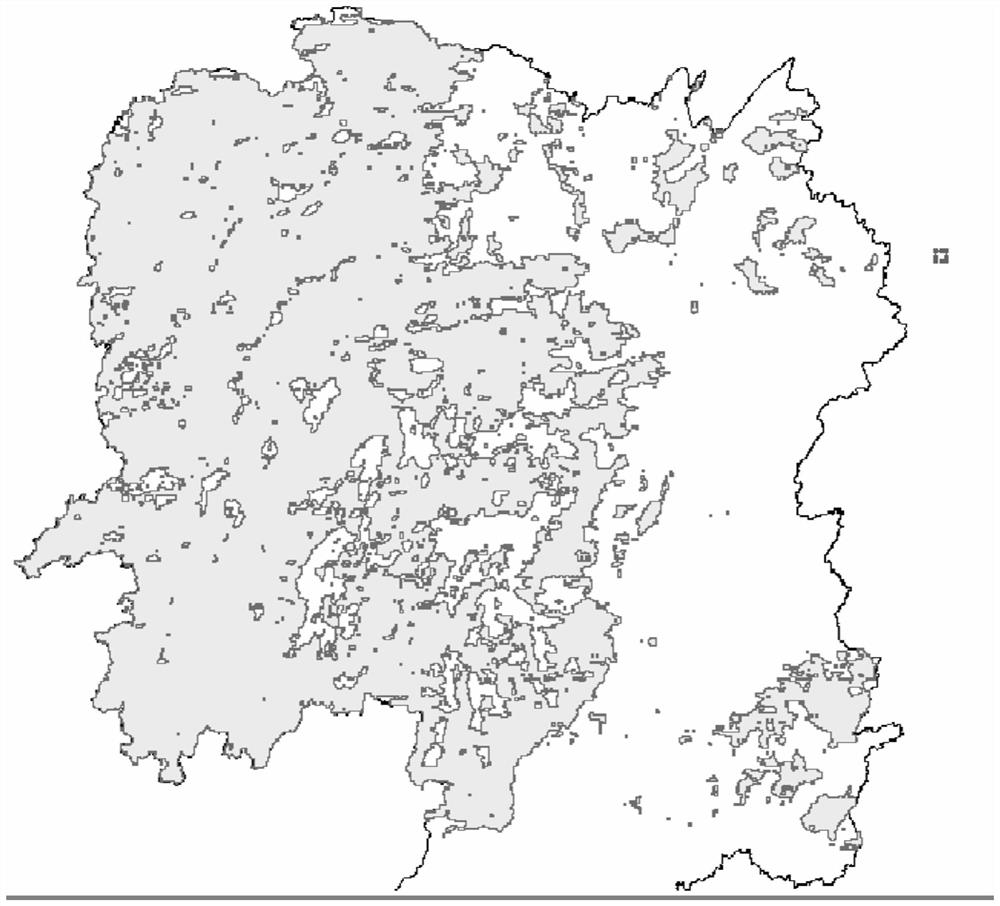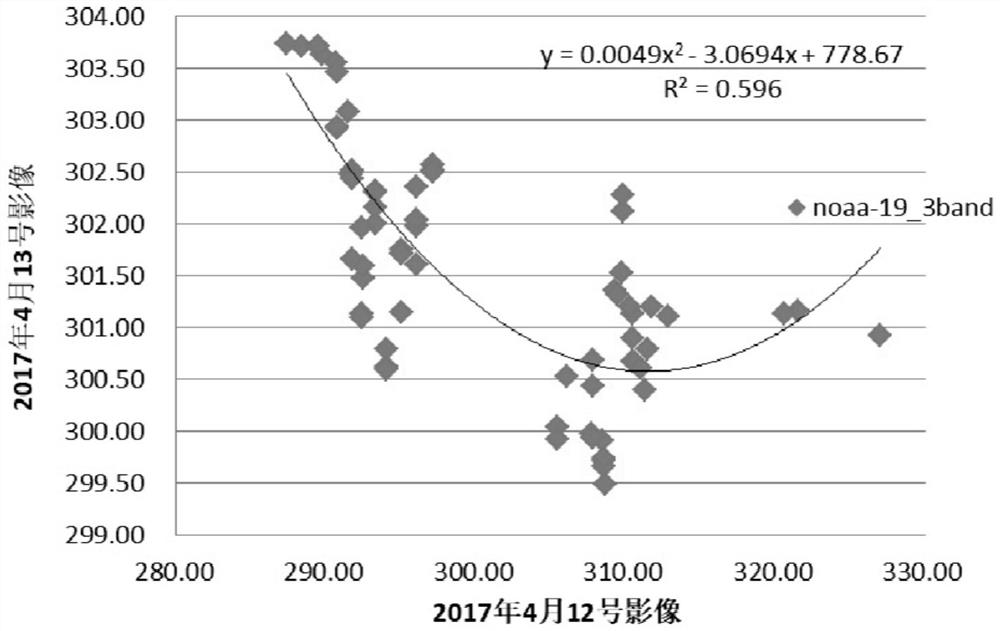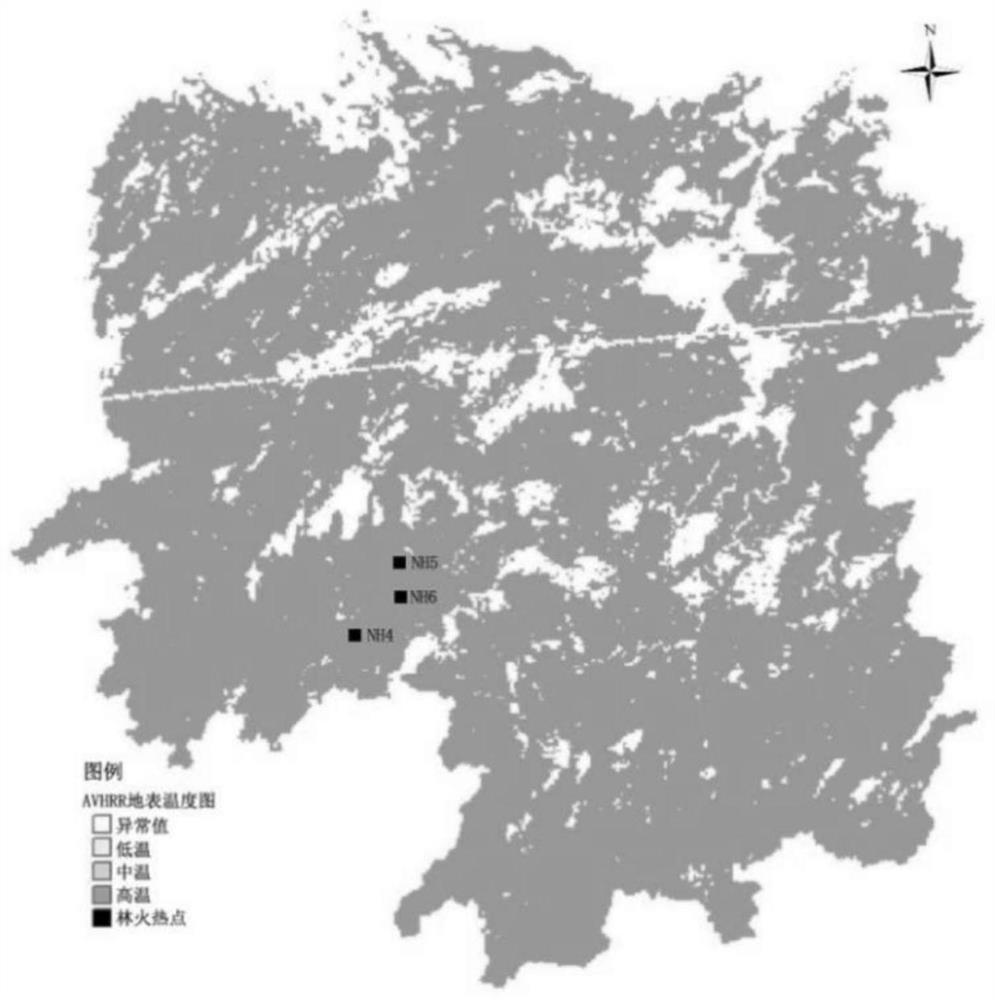Multi-temporal infrared radiation normalization method for avhrr sensor applied to forest fire hotspot discrimination
A technology of infrared radiation and sensors, applied in the direction of sensing radiation from gas/flame, radiation pyrometry, optical radiation measurement, etc., to achieve the effect of reducing the difference in infrared radiation
- Summary
- Abstract
- Description
- Claims
- Application Information
AI Technical Summary
Problems solved by technology
Method used
Image
Examples
Embodiment Construction
[0038] When using remote sensing to monitor forest fire hotspots, the AVHRR sensor has high spatial resolution and wide coverage. When receiving forest fire hotspot energy, channel 3 has sensitive characteristics and can quickly monitor forest fire hotspots. However, when the saturation temperature is low, The 3 channels are easy to be saturated and cause false forest fire hotspots, and it is difficult to judge again in terms of time. The higher temporal and spatial resolution and spectral resolution of MODIS can make up for the defects of the AVHRR sensor itself, and combined with the VIRR meteorological satellite data to establish a unified forest fire hotspot judgment benchmark, it can improve the identification accuracy of forest fire hotspots. Therefore, it is necessary to construct a radiation normalization model, which is mainly divided into two parts: multi-temporal infrared radiation normalization and infrared radiation normalization of different sensors. In the norma...
PUM
 Login to View More
Login to View More Abstract
Description
Claims
Application Information
 Login to View More
Login to View More - R&D
- Intellectual Property
- Life Sciences
- Materials
- Tech Scout
- Unparalleled Data Quality
- Higher Quality Content
- 60% Fewer Hallucinations
Browse by: Latest US Patents, China's latest patents, Technical Efficacy Thesaurus, Application Domain, Technology Topic, Popular Technical Reports.
© 2025 PatSnap. All rights reserved.Legal|Privacy policy|Modern Slavery Act Transparency Statement|Sitemap|About US| Contact US: help@patsnap.com



